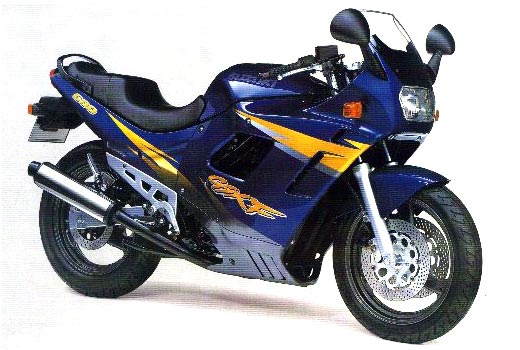

The overall transmission gearing ratio is exactly halved when the vehicle is in low=range transmission mode. The two ratios or ranges are called "high range" (for regular on-road driving and light to moderate all-terrain driving) and "low range" (for moderate to hard all-terrain driving and for all-terrain towing). Wet asphalt, wet concrete, and hard-packed gravel are not considered slippery enough.Īll four Jimny generations have manually user-selectable dual-ratio (dual-range) gearing mechanism. In other words, 4WD transmission mode should be used only on rather slippery surfaces, like snow, ice, mud, loose gravel, wet grass, and sand. However, the negative effect is that 4WD transmission mode must not be used on any surface not rather slippery, especially if having to steer. This has a positive effect that at least two wheels, where each wheel is on a different axle, have to lose traction for the vehicle to lose traction when in 4WD transmission mode. Jimnys have no centre (interaxle) differential. When FWD is also engaged, this provides 4WD. The user, however, can (dis)engage the front-wheel drive (FWD) manually at any time under certain operating conditions. Rear-wheel drive can never be disengaged. Some late second-generation models had coil-sprung suspension, as well.Īll four Jimny generations have recirculating ball steering mechanism, which is particularly well suited for all-terrain duty, but relatively imprecise on-road compared to modern rack-and-pinion steering construction.Īll four Jimny generations have manually user-selectable part-time four-wheel drive (4WD) transmission, where the default (on-road) transmission mode is two-wheel drive (rear-wheel drive). The first two Jimny generations used leaf-sprung suspension at all four wheels, with the third and fourth generations using coil-sprung suspension at all four wheels. Dependent suspension is particularly well suited for all-terrain duty, both from the durability and performance perspectives. This used to be a common suspension design for all-terrain vehicles up to 1990s, but has become a rarity in vehicle design in the 21st century. It serves only as a cabin to protect the occupants from the elements, provide comfort, and protect them in the case of a crash.Īll four Jimny generations have dependent suspension (solid-beam axles) both at the front and rear axles. The body has no structural carrying role. The 1998 release used the G13BB EFI engine, replaced by the M13AA EFI engine in 2001 and the M13AA variable valve timing engine in 2005, in conjunction with a minor interior redesign.Ĭommon design characteristics Overall construction Īll four Jimny generations have separate frame and body ( "ladder frame chassis"). The new Jimny was released in 1998, and now bears the same name in all markets.
#1994 suzuki katana 600 series
The series from SJ410 to SJ413 was known as the Sierra in Australia, and remained the Jimny in some markets. An updated version of the SJ413 became known as the Samurai and was the first Suzuki officially marketed in the US. The Jimny8/LJ80 was an updated version of the LJ50 with an 800 cc, four-stroke, in-line four-cylinder engine, followed by the Jimny 1000/SJ410 and Jimny 1300/SJ413. This was originally targeted at the Australian market, but more exports soon followed.

In 1975, Suzuki complemented the LJ20 with the LJ50, which had a larger 539 cc, two-stroke, in-line three-cylinder engine and bigger differentials. The liquid-cooled LJ20 was introduced in 1972 with the cooling changed due to newly enacted emission regulations, and it gained 3 hp. The LJ10 had a 359-cc, air-cooled, two-stroke, in-line two-cylinder engine. The first Suzuki-branded four-wheel drive, the LJ10 (Light Jeep 10), was introduced in 1970. The tiny Hope company had been unable to enter series production, and only about 45 were manufactured. A better opportunity presented itself in 1968, when Suzuki was able to buy bankrupt Japanese automaker Hope Motor Company, which had introduced a small off-road vehicle called the HopeStar ON360. The history of Suzuki four-wheel drive cars began in the latter half of the 1960s, when Suzuki bought a Steyr-Puch Haflinger to study with the intent of building a kei-class off-road vehicle.


 0 kommentar(er)
0 kommentar(er)
